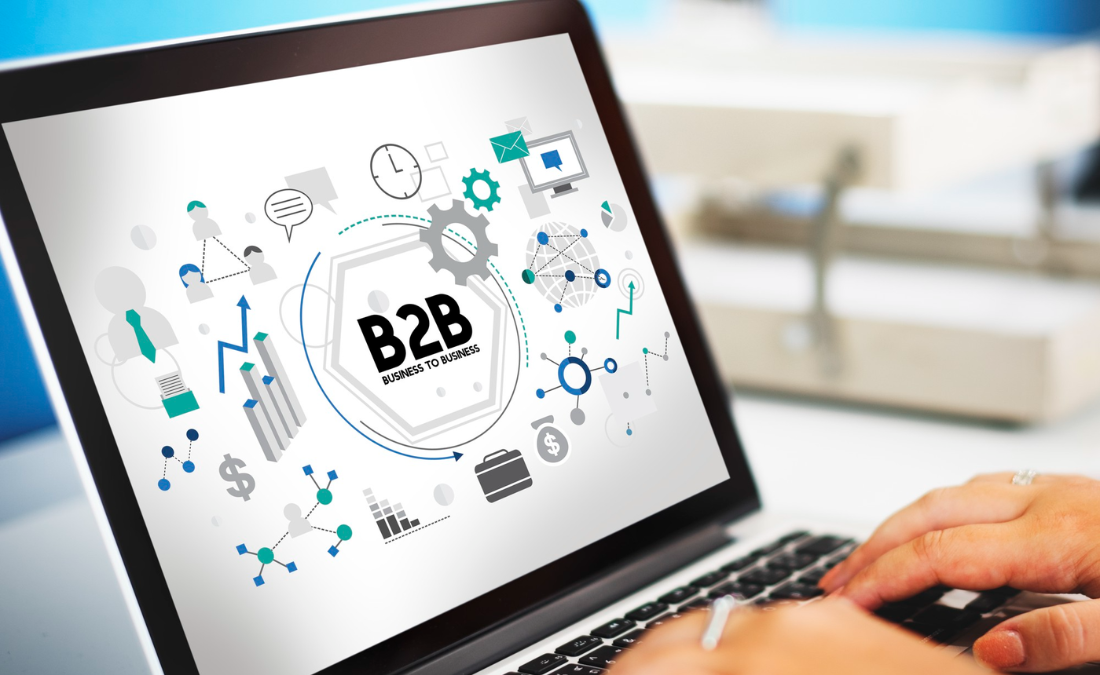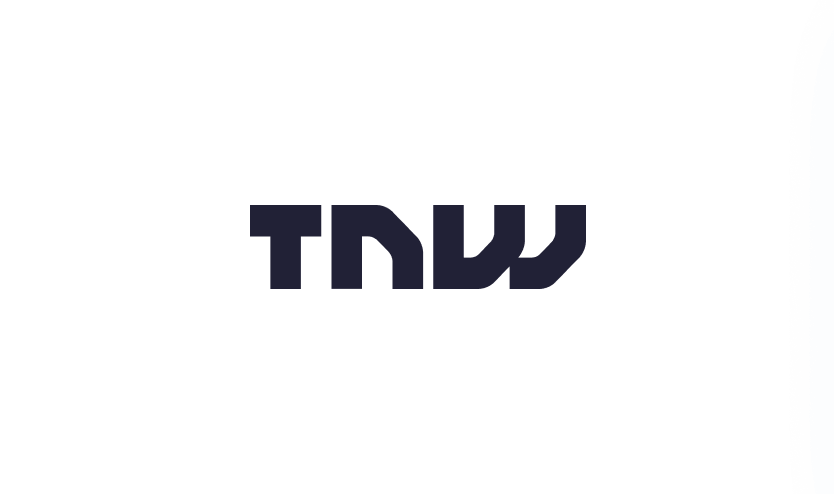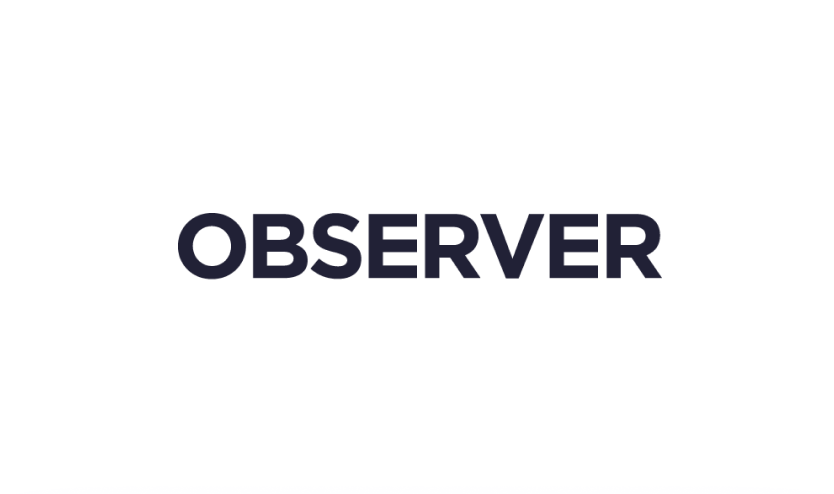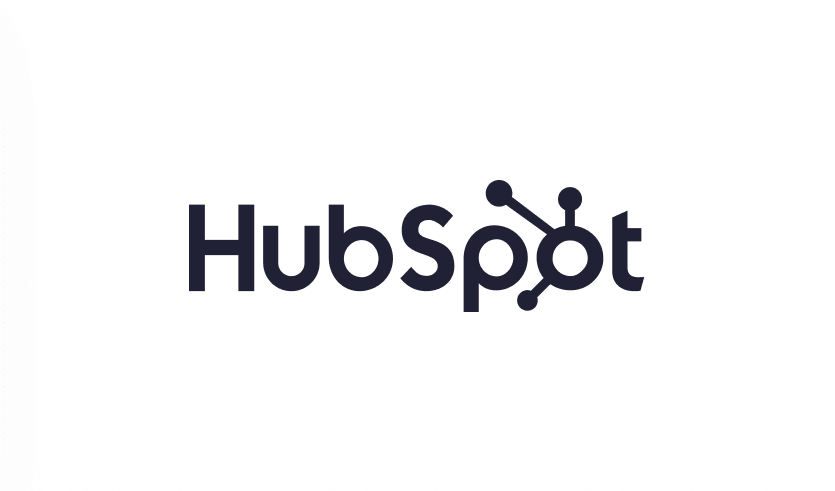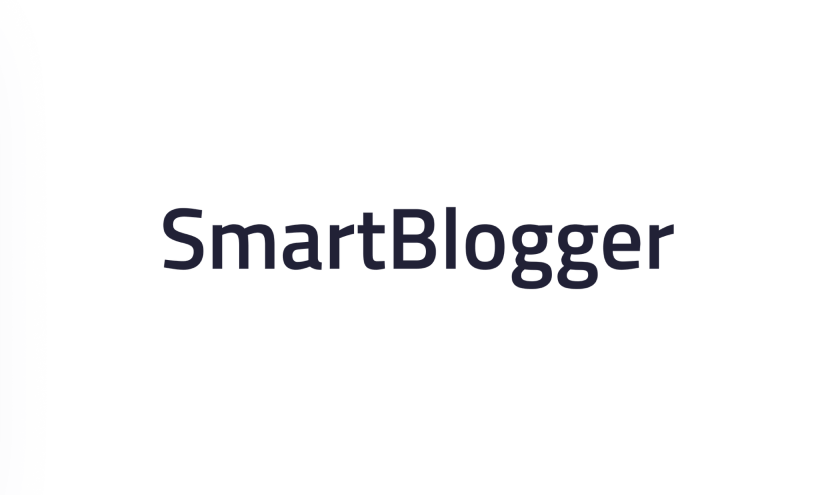Are You Using the Best Time of Day to Send Marketing Emails?
“Timing is Everything, Just Like Catching the Ice Cream Truck”
Think about trying to give a special message or a fun treat to your best friend. If you try to hand it to them while they are rushing to catch the school bus, or right in the middle of a very important test, what happens? They probably won’t even notice you. The special treat gets dropped, or the message gets crumpled up.
Sending a marketing email is exactly the same. It’s not just about what you send—it’s about finding that perfect, relaxed moment when your friend (the customer) is happy to see you and excited to read your note. If you send an email when people are busy, stressed, or asleep, it’s instantly forgotten. If you send it when they are relaxing, taking a break, or ready to shop, it has a chance to be noticed and opened.
The difference between sending an email at the perfect time versus the wrong time is the difference between being noticed and being instantly forgotten. To be a great email sender, we need to stop guessing. We need to look at the secret map that our audience gives us, and that map is drawn with numbers. This report explains how to read that map, how to adjust for people all over the world, and how to use simple tests to find the absolute best moment for your specific message.
How We Know If a Time Was Good
Before we talk about the best moments to send our emails, we must first agree on how we measure success. If we throw a ball, how do we know if it was a good throw? We measure where it landed. In email marketing, we have three essential numbers—our "Scorekeepers"—that tell us if our timing worked. But first, we must understand who we are talking to.
Understanding Your Audience (Who Are You Talking To?)
Your audience is the specific group of people who are most likely to love your product or your message. It's like throwing a birthday party: you don't invite every person in the world; you only invite the people who like cake and games.
A business needs to identify its audience to make sure its messages actually connect. Sending a message to the wrong audience is like shouting something in French to someone who only understands English—it’s a great message, but it gets completely lost in translation. For example, if you sell fancy running shoes, your audience is likely people who enjoy exercise and health, not necessarily people who hate sports.
Understanding their daily schedule is the most important part of good timing. Are they busy working in an office? Are they relaxing at home in the evening? The answers to these questions are the foundation for choosing the right send time.
The Three Essential Numbers (Simple Metrics Breakdown)
We track three main metrics to analyze how well an email performs and identify patterns and trends in email engagement : the Open Rate, the Click-Through Rate, and the Conversion Rate.
Open Rate (OR)
The Open Rate measures the percentage of recipients who actually clicked and opened your email.
Think of it this way: The email is a special gift, and the subject line (the title of the email) is the wrapping paper. The Open Rate tells you how many people thought the wrapping paper looked so exciting that they stopped what they were doing to open it. If you send 1,000 gifts to 1,000 people and 200 of them decide to open it, you have a 20% Open Rate.
This number is the starting line. If the Open Rate is low, it usually means one of two things: either the subject line (the wrapping paper) wasn't interesting enough, or, more often, the email arrived at a bad time when the recipient was too busy to pay attention. If an email is sent during a crucial meeting or while a person is driving, they won't even see the subject line, regardless of how good it is. This is why the Open Rate is so sensitive to timing: the right timing acts as a multiplier, giving your email content a fighting chance.
Click-Through Rate (CTR)
The Click-Through Rate measures the percentage of recipients who click on a link within your email. This tells us if the content inside the email was engaging enough to make them want to take the next step.
Going back to our gift analogy: From those 200 people who opened the gift, maybe 50 people actually started playing with the toy inside, or clicked the link you provided. That is a 25% Click-Through Rate. This number indicates the effectiveness of your message and your "call-to-action," which is the instruction telling them what to do next.
Conversion Rate (CR)
The Conversion Rate measures the percentage of recipients who complete the desired final action, such as buying a product, signing up for a service, or filling out a form.
This is the ultimate scorekeeper. If 10 of those 50 people who played with the toy decide they love it so much they want to keep it forever (making a purchase or subscription), your Conversion Rate is 20%. This metric shows if your email timing and message led to a real, positive business result.
The success of the entire email campaign follows a ripple effect. If the timing is poor, the Open Rate drops. If the Open Rate drops, the potential for high clicks and conversions also shrinks dramatically. Therefore, optimal timing is a foundational strategy that amplifies the success of the subject line and the internal content. Bad timing can guarantee failure, even with great content, but optimal timing ensures the content has the best possible opportunity to succeed.
Table 1 provides a quick summary of these essential measurements.
Table 1: The Email Scoreboard: Simple Ways to Measure Success
Metric
What It Measures (The Simple Idea)
Why It Matters
Open Rate (OR)
How many people opened your letter/gift.
Shows if your subject line was interesting enough to interrupt their day.
Click-Through Rate (CTR)
How many people clicked the button inside the letter/toy.
Shows if your message made them want to do the next step.
Conversion Rate (CR)
How many people did the final step (e.g., bought something).
Shows if your email made a real difference to your business goal.
General Rules and The Daily Routine Battle
What do the biggest studies tell us about when most people check their emails? These findings give us powerful benchmarks, but it is important to remember that these are just starting points; they help us make our first smart guess.
The Workday Sweet Spot and Post-Work Rush
Historically, a sweet spot for general email engagement occurs during standard working hours. Across many industries, the window between 10:00 AM and 2:00 PM often shows higher engagement. This time frame captures people who have settled into their work environment, finished urgent early morning tasks, and are taking a momentary break before the afternoon slump.
When looking at the days of the week, data frequently suggests that Tuesday and Thursday are the most successful days for sending general email campaigns. Tuesdays are when professionals are typically fully engaged in their work week after Monday’s catch-up, and Thursdays capture recipients as they plan for the upcoming weekend. Fridays also see good engagement and are sometimes optimal for leisure-focused content.
However, not all engagement happens at the office desk. Newer research highlights a major rush of activity in the evening. Engagement and click-through rates show significant spikes later in the day, specifically around 4:00 PM, 5:00 PM, and 8:00 PM. This suggests that many recipients are checking their email when they are "finishing or finished work for the day" and are transitioning into leisure or shopping time while relaxing at home. In fact, some data shows email opens can peak around 8 PM.
The Business Suit vs. The Weekend Shirt
The single most important factor that dictates optimal timing is the audience’s goal when reading the email. Are they reading for work (Business-to-Business, or B2B) or for fun (Business-to-Consumer, or B2C)?.3
B2B (Business-to-Business)
B2B email marketing focuses on selling products or services that help one business operate better or save money. The goal here is driven by logic, efficiency, and Return on Investment (ROI). These emails typically have a more formal tone and concentrate on offering long-term value, as the sales cycle is often much longer.
Because B2B subscribers check emails specifically for work, the optimal timing is during standard business hours when they are sitting at their office desk, focused on professional tasks. This generally means Monday through Thursday mornings. For professional services, early mornings between 8:00 AM and 10:00 AM are often effective, catching people right at the start of their workday when they organize their tasks and look for solutions.
B2C (Business-to-Consumer):
B2C email marketing focuses on selling to an individual consumer, often for enjoyment, leisure, or quick purchases. The goals are driven by emotion, excitement, urgency, and instant gratification. These emails are frequently conversational and may be sent more often because consumer tolerance for valuable, fun content is higher.
These emails are best timed during leisure time. This includes late afternoons, evenings, and weekends. For retail customers, who often browse and shop during their downtime, sending marketing emails in the late afternoon or early evening can be very effective. For instance, a fashion retailer might send a limited-time sale on a Thursday evening as people wind down and begin planning their weekend activities.
This clear split between B2B and B2C timing highlights a crucial behavioral finding: the optimal send time is dictated by the recipient’s cognitive state. Morning and mid-day engagement (B2B) happens when the brain is in a state of logic, efficiency, and problem-solving. Evening engagement (B2C) happens when the brain is seeking relaxation, fun, and emotional reward. A B2B email sent at 8 PM is perceived as an annoying work intrusion, while a B2C fashion email sent at 10 AM may be ignored because the user is focused on work. To maximize success, the email’s mood must always match the audience’s moment.
Special Schedule Spotlights (Industry Specificity)
General rules are only helpful until we examine specific industries, as certain professional or lifestyle routines override all general benchmarks.
E-commerce and Retail: While general engagement is high in the evening, a powerful finding is that conversion rates often perform best on the first and last days of the month. This is not random; it strongly suggests a connection to financial planning, pay cycles, or budgeting. High-value promotional campaigns should be strategically scheduled around the 1st and 30th of the month, regardless of the daily open rate, to capitalize on the moment when customers are financially ready to buy. For example, the general time to open an e-commerce email is often 10:00 AM on a Tuesday or Thursday.
Software (SaaS): Companies selling software solutions often find their audience is most engaged during the mid-afternoon, specifically 2:00 PM – 3:00 PM. This suggests that technical teams and decision-makers use the post-lunch period for deep work, planning, and evaluating new tools, making it the perfect moment to introduce new solutions.
Healthcare Professionals: Professionals in the healthcare field often work long and irregular shifts, which means standard business hours are the worst time to reach them. To be respectful and effective, marketers must target their downtime, such as early mornings or late evenings, for sharing professional information like a new research study or medical conference details.
Dealing with Time Zones
If your audience spans different parts of the country or the world, ignoring time differences is the easiest and fastest way to ensure failure. Many people who rely only on general benchmarks forget that the world operates on many different clocks.
The Time Zone Trap Analogy
A time zone is simply a way for us to keep track of when the sun is highest in the sky in different locations. When it is 10:00 AM (mid-morning) where a business owner sits, it might be 3:00 AM (the middle of the night) for a customer across the ocean.
If a marketer schedules a campaign for 10:00 AM based on their own clock, the global customers will receive the email when they are sleeping or having dinner. Repeatedly sending an email outside of someone's standard working hours is not only impolite but will condition the recipient to immediately ignore or delete the message. This significantly lowers the Open Rate because the message always arrives at an inappropriate moment.
Sending Locally
The solution to the time zone challenge is using time zone segmentation or recipient time zone scheduling. Advanced email marketing tools allow the sender to schedule the email for a single specific time—for example, 10:00 AM. The platform then automatically calculates the correct local time for every single person on the list before delivering the email.
This approach ensures that your message arrives at a respectful and appropriate moment for everyone, regardless of where they live.For example, if the desired time is 10 AM, the system sends the email to the London subscribers at 10 AM London time, and to the Tokyo subscribers at 10 AM Tokyo time. This minimum requirement is essential for any business with a global footprint, as it maintains the consistency of the message delivery time, a key factor for routine engagement.
Personal Timing
Some advanced systems move past general time zones and use individual behavior to determine the moment of delivery.This is called personalized timing.
These tools look at the last 90 days of data for an individual person: When did they open your emails before? When did they click?. If a particular subscriber always shows activity around 9:17 AM on Tuesdays, the system will use that data to send the new email right at 9:17 AM their local time, maximizing the chance of getting noticed by them specifically.
If a contact does not have enough recent data (opens or clicks) in the last three months, the system will simply use the best average sending time available, ensuring that even new subscribers receive a carefully considered delivery time. This level of individual focus moves email timing from a large-scale guess to a personalized conversation.
The Science of A/B Testing
General rules and industry studies are wonderful for making that first smart guess, but no study on the internet can tell you exactly when your unique group of customers prefers to read their mail. To truly master email timing, a business must run science experiments on its own list.
The Golden Rule, Your Data is Always Right
While industry benchmarks exist—like the finding that 10 AM is a generally good time —they only serve as starting points. Every single audience is unique, with habits shaped by local culture, specific work demands, or even weather patterns.
The most reliable way to determine the optimal timing is to analyze the history of opens and clicks from your specific subscribers.Your audience's past behavior overrides every general rule ever published. This analysis requires a specific type of experiment called A/B testing.
What is A/B Testing?
A/B testing is the standard scientific method applied to marketing. We compare two versions of the same thing to see which one performs better.
The Setup and the Twist
Imagine you are baking cookies, and you want to know if walnuts make them taste better. You start by dividing your test subjects (your subscribers) into two groups, like dividing your cookie dough into two mixing bowls: Group A and Group B.
Group A (The Control): This group receives the original recipe. Maybe you send the email at 10:00 AM on Tuesday. This is your baseline, or "Control."
Group B (The Variation): This group receives the recipe with a twist. They receive the exact same email but at a different time, perhaps 4:00 PM on Tuesday.
The key to a successful A/B test is changing only one thing at a time. If you changed the time and the subject line, you wouldn't know if the improved results came from the better time or the catchier title.
The Taste Test and the Result
You allow both groups time to "taste the cookies"—to open, click, and convert from the emails. You then measure your Scorekeepers (Open Rate, CTR, CR) for both Group A and Group B. Whichever time resulted in higher engagement and conversion is the clear winner, and that’s the time you use for all your subscribers next time. Patience is required, as the test needs enough time to collect reliable data from a large number of people.
Once the optimal time is found through testing, maintaining consistency becomes absolutely vital. If testing proves that your subscribers respond best at 2:00 PM on Wednesdays, sticking to that schedule creates an expectation. This predictable delivery time helps move the relationship with the audience from a one-off transaction to a reliable habit, making them more likely to check their inbox specifically for your message.
The Final Action Plan
Finding the best time to send an email is not a task that can be checked off a list and forgotten; it is a continuously evolving strategy that requires constant attention and adjustment.
Three Steps to Master Your Send Time
For any organization, big or small, the path to finding the perfect delivery time involves a three-step cycle:
Start with a Smart Guess: Use the industry benchmark data (as detailed in Section 2) as your first strategy. Decide whether your audience is primarily focused on work (B2B, suggesting Monday/Tuesday mornings) or on leisure (B2C, suggesting late afternoons/evenings), and pick the time accordingly.
Respect the Clock and Map: If your list is spread across different regions, the priority must be to use email tools that automatically use time zone segmentation. This ensures that every recipient receives the message at the appropriate local hour.
Run the Test Kitchen: Implement A/B testing immediately to compare your smart guess against other potential times (such as 10 AM versus 5 PM). It is imperative to let the actions of your specific audience override all general advice and tell you exactly which time they prefer the most.
Never Stop Watching the Scoreboard
Audience behavior is not static. It changes based on the season, holidays, or new trends in technology that affect when people look at their phones. An optimal time identified six months ago might no longer be optimal today, which means relying solely on old data is dangerous.
A successful marketer must commit to regularly monitoring the Scorekeepers. If the Open Rate or Click-Through Rate suddenly drops, it often signals that the audience’s routine has changed, and it is time to run a new A/B test to re-validate the current schedule. Continuous analysis and periodic re-testing are non-negotiable for maintaining long-term email performance.
The ultimate goal of all this testing and analysis is simple: the best time to send an email is when your specific audience is mentally available, has the time to click, and is in the correct frame of mind (logic for work, emotion for fun) to complete the action you want them to take. Mastering timing is the foundation of successful email communication.


